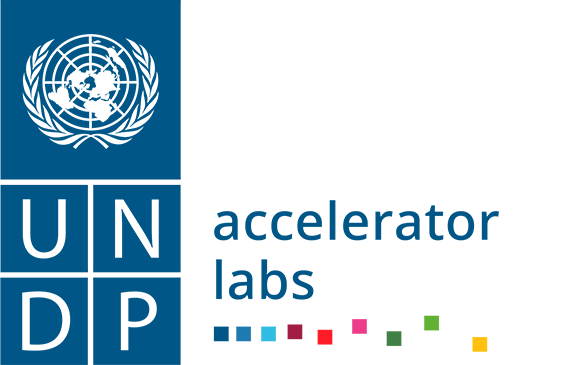Background and purpose
In 2023, the UNDP Accelerator Labs decided to take stock of the work that its global network of 91 Labs, covering 115 countries, was doing in the area of finance. This work turned out to span the entire globe and to be highly diverse. Yet one commonality stood out: over two thirds of the Labs that were doing finance-related work of any kind focused on financial inclusion. What’s more, the vast majority of the network’s efforts towards financial inclusion, in turn, relied on the use of digital tools.
Emerging from this work is a unique take on digital financial inclusion. First, the Labs have learned that digital tools are most inclusive when they are designed to support existing (good) practices and local knowledge. These practices tend be local (like traditional practices of community saving), or at least to have a local aspect (like local languages). This learning stands in contrast to the globalizing tendencies of fintech, and of finance in general.
Second, the Labs have learned that digital instruments combine well with neighborhood and proximity. The groups most underserved by finance – like women, the elderly, and low-income communities – can greatly benefit from in-person socialization to financial literacy and the use of digital financialtools. In the absence of this kind of support, digital financial services risk becoming exclusionary – it is often easier and more profitable to serve the already served – or downright extractive. For example, microloans can cost a lot to naïve borrowers due to things like fines for late payments. Counterintuitively, we find that Lab work shows that “the most important part of digital financial inclusion is analog”.
As the Accelerator Labs move to contribute more deliberately to UNDP’s R&D function, we offer the experience accumulated by our network of labs in the form of this toolkit: a collection of documented resources. It is meant to inspire would-be champions of digital financial inclusion. Even more, the intent is to empower them by offering ready-made resources that can be re-used after adapting then to a new context.
Many champions of digital financial inclusion in the Global South are to be found within UNDP itself. In particular, we hope this toolkit will help the Country Offices that are moving to promote the inclusion of underserved populations.
